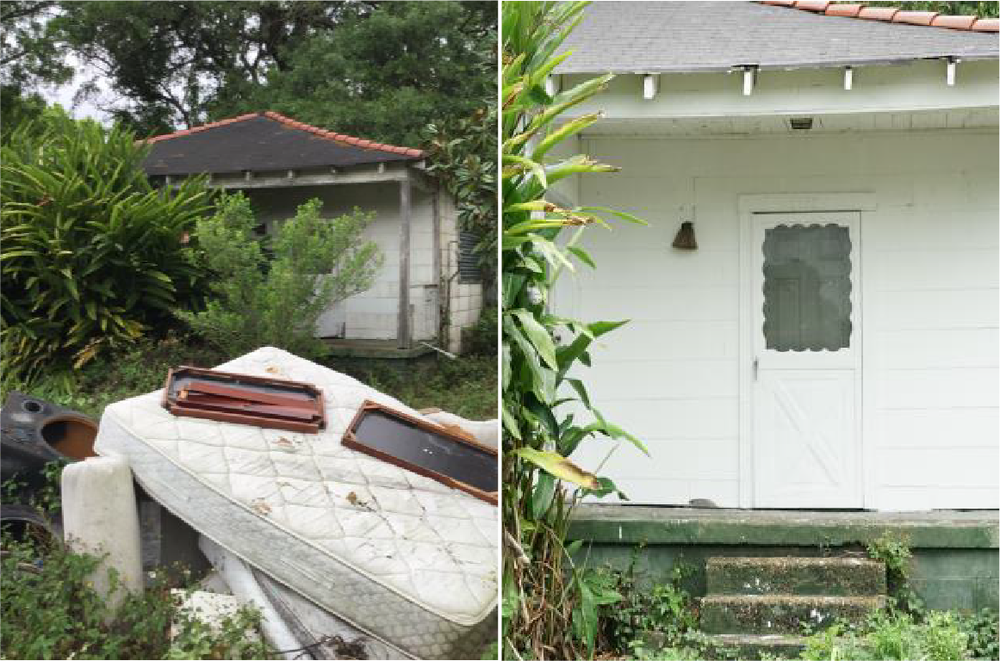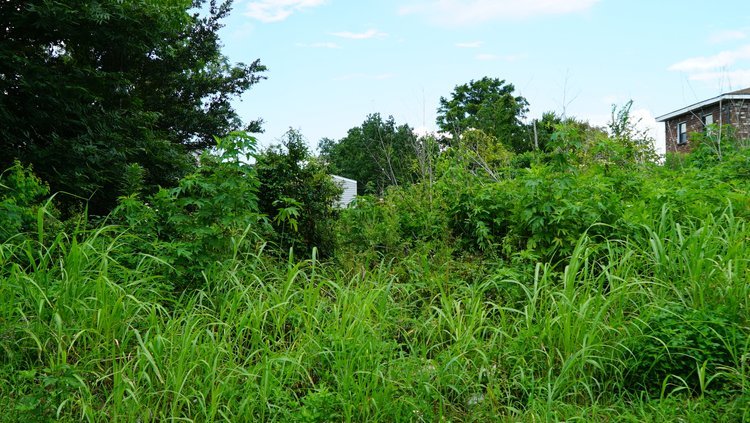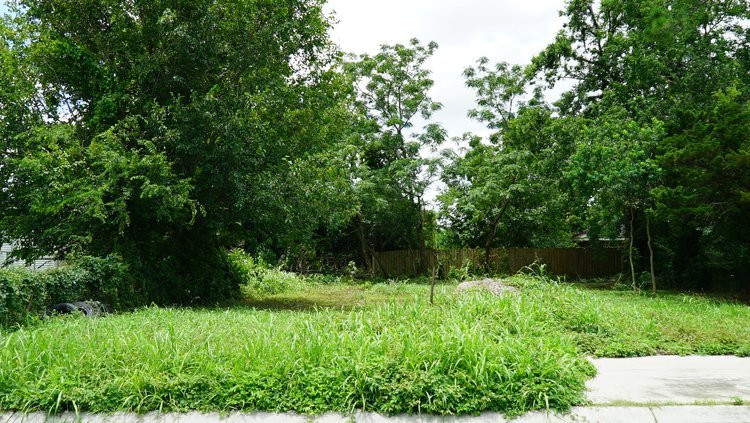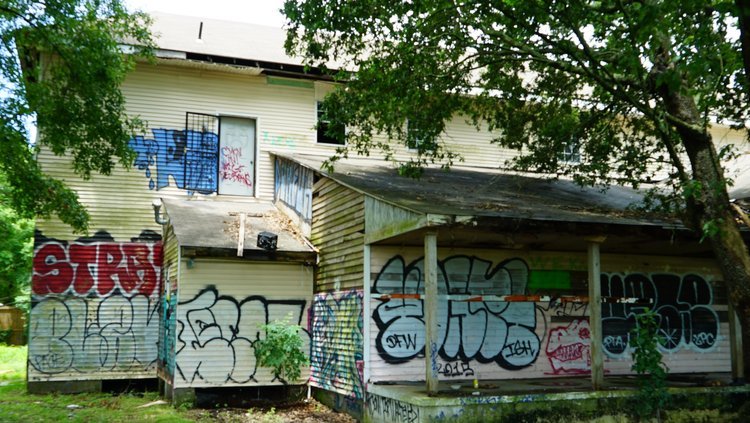The Healthy Neighborhoods Project (HNP)
The Healthy Neighborhoods Project (HNP) is funded by the National Institute of Health and the Robert Wood Johnson Foundation and led by a team at the Tulane University School of Public Health & Tropical Medicine, in partnership with the City of New Orleans, Columbia University, the Mary Amelia Center for Women's Health Equity Research, and IWES. The HNP is researching the relationship between the presence of abandoned lots and community violence, as well as various health and social factors experienced by residents across New Orleans. Similar research studies have been conducted in cities across the United States, and provide evidence in support of the HNP model: place-based interventions that improve the physical conditions of communities in order to achieve positive health and well-being outcomes for residents.
The HNP is a cluster randomized controlled trial (RCT), meaning there are two major arms of this study;
1. a group of neighborhood blocks or “clusters” that are assigned to receive restoration of vacant and abandoned lots and homes (i.e., the “treatment” arm)
2. a second group of neighborhood clusters that do not receive treatment right away (i.e., the “control” arm) but that will receive treatment after the year-long follow-up surveying with residents
This study model gathers data in a way that allows us to compare whether or not such a low-cost, community-based program has a measurable impact on violence prevention and health.
In partnership with the Center for Employment Opportunities (CEO Works), the treatment phase of the project involves “cleaning and greening” of vacant and abandoned homes, as well as overgrown or unmaintained lots within the assigned neighborhood clusters across the city. Our goal for houses and lots is to help them look maintained, as opposed to their original neglected condition, by clearing trash, removing overgrowth, applying a fresh coat of paint and making minor fixes to the exterior and small wooden fences.
Before treatment.
After treatment.
In addition to surveying neighborhood residents and community members, the HNP partnered with IWES to engage residents in conversations in the form of key informant interviews and focus groups. To date, the HNP has facilitated key informant and focus group interviews with 75 New Orleans residents over Zoom. Twenty-four key informant interviews have been conducted with residents who were identified to be advocates in their communities and leaders across various sectors, including land use and development, community outreach & advocacy, housing, faith-based organizations, higher education, and health, as well as members of neighborhood associations. Ten focus groups were held with groups of men, women, and youth, representing a total of 51 residents.
Topics residents shared their experiences and perspectives about include:
Health and well-being
The influence of the neighborhood environment on health and well-being
Community violence and sense of safety
Built and social environments
Potential neighborhood Improvements and current strengths
The presence of vacant and abandoned properties
Findings from baseline survey results from participating residents show that 57% of New Orleans residents believe where they live has an impact on their health. Residents strongly conveyed the significance of the physical environment on their lives and the lives of others in their community. They spoke more broadly about the physical environment, rather than just abandoned properties (which is the focus of this study), and residents spoke at length about physical features and factors that indicate the health of a neighborhood and in turn, the well-being and safety of residents.
Below are just a few quotes that HNP key informants shared:
“I definitely think that experiencing blight and seeing blight and vacancy and things like that weighs on you.”
“We all take in messages about our worth and our meaning by what's around us, right? I mean if you go to a school where nothing works or, if you like, live in a neighborhood where there’s trash everywhere and it looks like nobody cares and there’s all these blighted buildings. Even if it's subtle over time, you take in the meaning that I'm not worth investment or I don't deserve nice things. Yeah, just that you're worth can be assaulted, right? And so, I 100% think that there is some correlation between the built environment and people's proclivity to commit acts of violence.”
“It [health] means being able to shop at an actual grocery store that has fresh produce instead of the convenience store that only sells you know hot chips, right? If you have the latter, I would argue, you don't even have the opportunity to be healthy because you can't even make the choice about whether you're going to eat the vegetables or the hot chips.”
The analysis of the interviews will supplement the study survey findings, provide in-depth context on how residents experience their respective neighborhoods, and help inform abandoned lot repurposing and sustainability efforts.







